What is An Email Tracker & Why Is Email Tracking Important?
Would you like it if you were to talk to an audience in a hall or meeting room, but with a wall between the stage and their seats. No, right? Because you won't be able to know how they are reacting to your content. You won't know how many have left the hall or if there are new people entering.
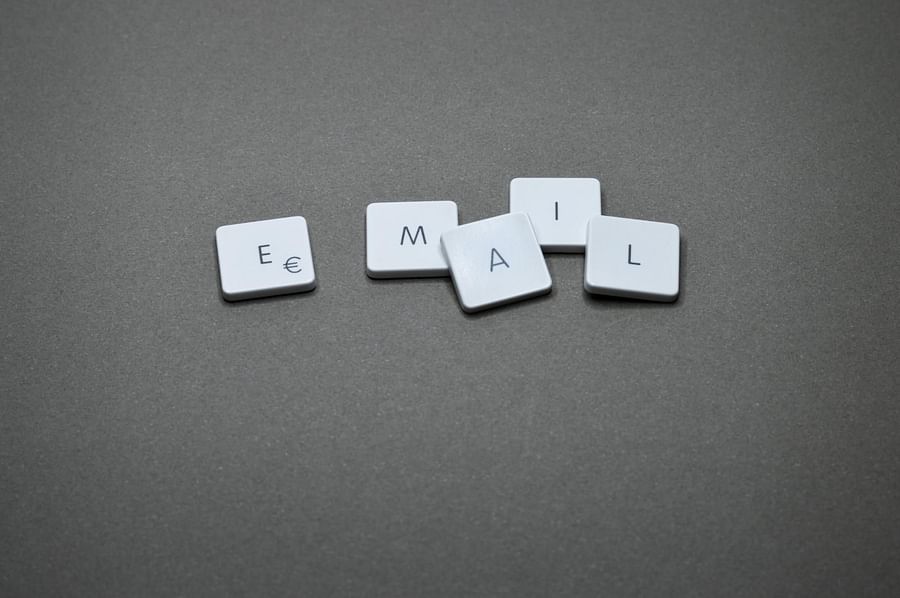
It's the same if you don't have tracking metrics for your emails. If you were to just send out emails and 'guess' the number of people who are on your list, opening your emails, clicking the links you share, your marketing would have to just rely on 'hoping' that it would work.
But thankfully that's not the case. Today we have tools that help us know exactly how many people receive our email, how many open, who opens, and then how many unsubscribe and so much more. This process is called email tracking.
This helps us know what's working & what's not working. We can then just do more of what's working and tweak the strategy to remove what's not working. It helps us make informed decisions rather than just rely on 'guesswork' or opinions.
So let's find out what email tracking is and how to make use of this to create a successful email marketing strategy.
If you have an active email address, you can tell how annoying it is to get repeated emails from the same sender. The feeling is worse when a series of marketing emails flood your inbox.
Just like you, most potential clients for many businesses get turned off when email marketing campaigns are not effectively planned. An email tracker makes it possible for the marketer to know if an email sent previously was opened and read by the receiver. It can also be used to gauge what kind of approaches make the audience tick.
We have a way you can find out who likes your stuff, the best time to send email promotions, etc. As such, an email tracker can help get your marketing campaign more organized and increase its overall effectiveness.
Table of Contents
What is Email Tracking?
Email tracking involves tracking emails sent to people and using the results to your benefit. Most email tracking tools can tell you who opened your emails, the time they opened them, locations, and other additional details. Email tracking is a tested and true marketing tool, and it gives you a clearer image of your market and habits.
Headline tracking
Headline tracking is a great way to generate new headlines based on already successful formulas. The best way to describe it is by collating good headlines from many other articles and news reports and finding what makes them work. Then, using those same patterns to create a new headline that works. It is a great SEO tool, and it saves you a lot of time.
Click tracking
Click tracking is used to keep tabs on what people tap or click on websites, messages, and even apps. You can use any of the several tools available and find out what people are interested in clicking. Click tracking helps you track user engagement and see what parts of your messages work to develop better and more effective marketing strategies.
Time tracking
Time tracking generally refers to the various ways an employer can monitor their employees' work time. Typically, time tracking is reserved for hourly employees so that they can get their correct pay. One way to effectively track an employee's work time is by using an agency time tracker. These tools can cover tracking from the point of entry to reporting.
Device tracking
Device tracking makes use of GPS services to locate precisely where a device is at all times, as well as the other actions that occur on the device. A device tracking tool can trace illegal or suspect activities and flag down the suspect device. With a device tracker, you can protect yourself and your organization from suspicious characters and give your devices a better Risk Score.
How does Email Tracking Work?
All you have to do is install an email tracking tool, compose an email, and send it. You will get alerted with the exact time your email is clicked on and opened. Now, suppose you sent something like a promotional email to several people. In that case, you can analyze the information, figure out what type of emails get the most attention, and what emails get your customers interested in finding out more.
Importance and Benefits of Email Tracking
- Email tracking gives you remarkable insight
With one simple email tracking tool, you can find out several things about your email marketing strategies. Let's say you send out three different emails to your email list at different times. The email that gets opened the most can inform you about the best time to send email messages and what type of messages your customers respond to better.
- It saves you valuable time
Email tracking saves you so much time and resources. If you use it in tandem with a click tracker, you can quickly trace those interested in your product. Track when they open their email and if they click on any of your websites or apps. That way, you can channel your resources to those interested in your services instead of working blind.
- It allows you to track your marketing efforts
Email tracking is a cheaper way to test the results of your marketing campaigns. You can track those who opened your email, went ahead to check your website out, and finally become customers. It is also faster than many other analytical methods that allow you to concentrate your resources on the most critical customers.
Email Tracking Tools
1. Mailtrack
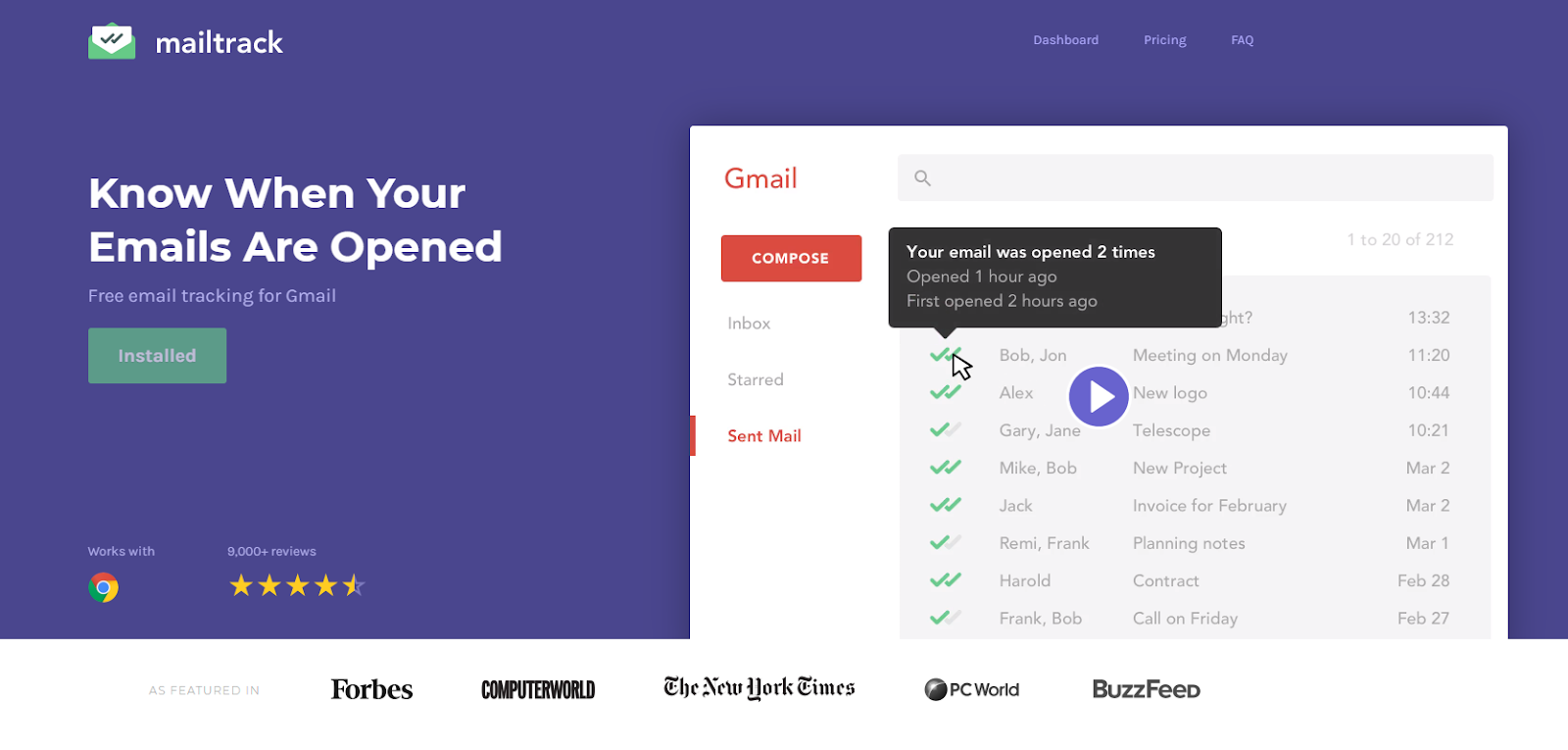
Mailtrack is a tracking tool that works in Gmail and shows up as a Google Chrome extension. It is one of the most efficient email tracking tools. You can get your engagement information at a glance, as well as a dashboard that shows all the relevant information. It has desktop notifications, works on mobile, and has an unlimited number of emails you can track.
2. HubSpot
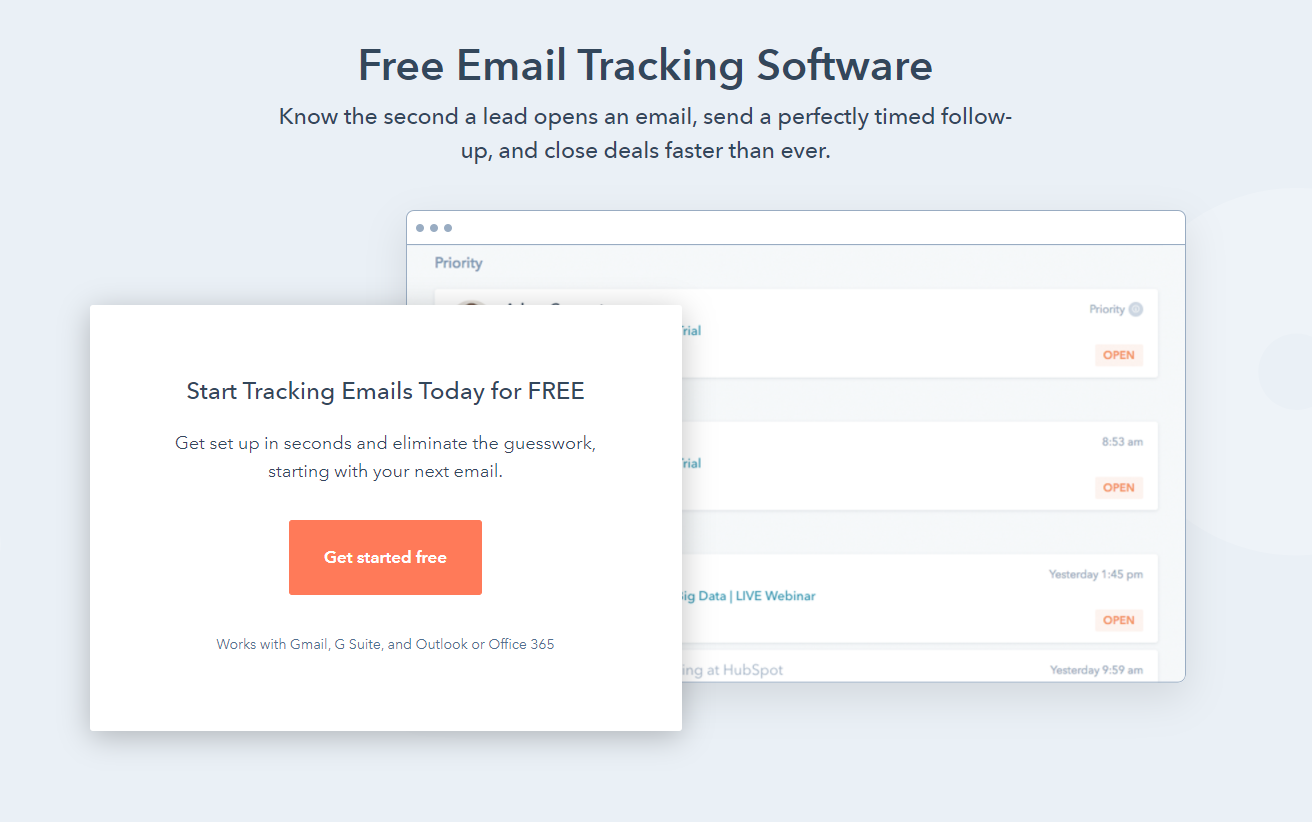
HubSpot is an all-round marketing and sales software that offers email tracking, among other services. The HubSpot email tracker uploads all the email tracking information onto each contact's CRM activity stream. You can get all the regular email tracing information, including notifications if your recipient downloads an attachment. You can also export all data from Hubspot to Google sheets for further analysis.
3. EmailAnalytics
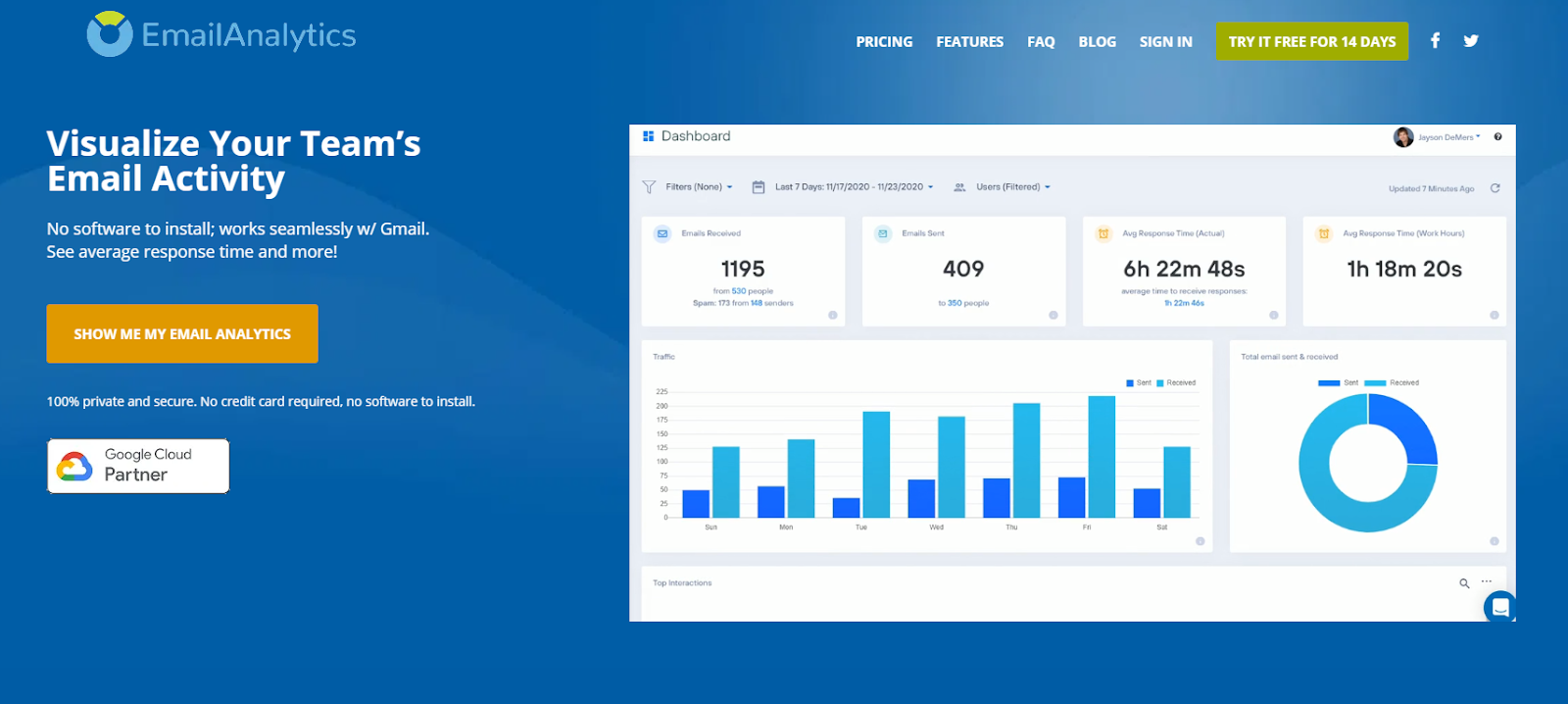
Gmail and Google Workspace support EmailAnalytics, and it is perfect for tracking your and your employees' email interactions. Its analytics show you your top senders, busiest times of the day, top recipients, etc. You can also get the average email response time and weekly or daily email activity reports that you can use to monitor your team's work.
4. Orangebox
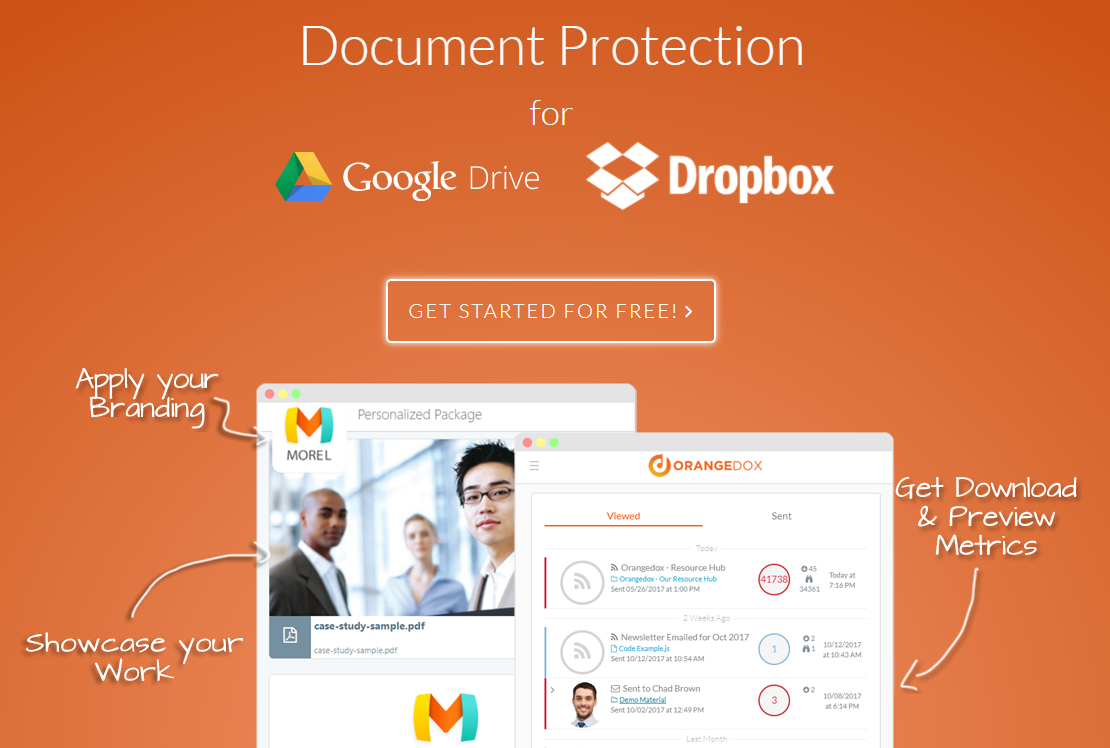
Orangebox is an email tracking tool that allows you to monitor your emails and how your recipients interact with them. It shows you if they opened any attachments or clicked on any link in your email. Orangebox also goes ahead to show you how much of your attached file your recipient read and where they stopped reading. You can use this information to your advantage and change whatever makes them lose interest in your promotion.
5. MailTracker by Hunter
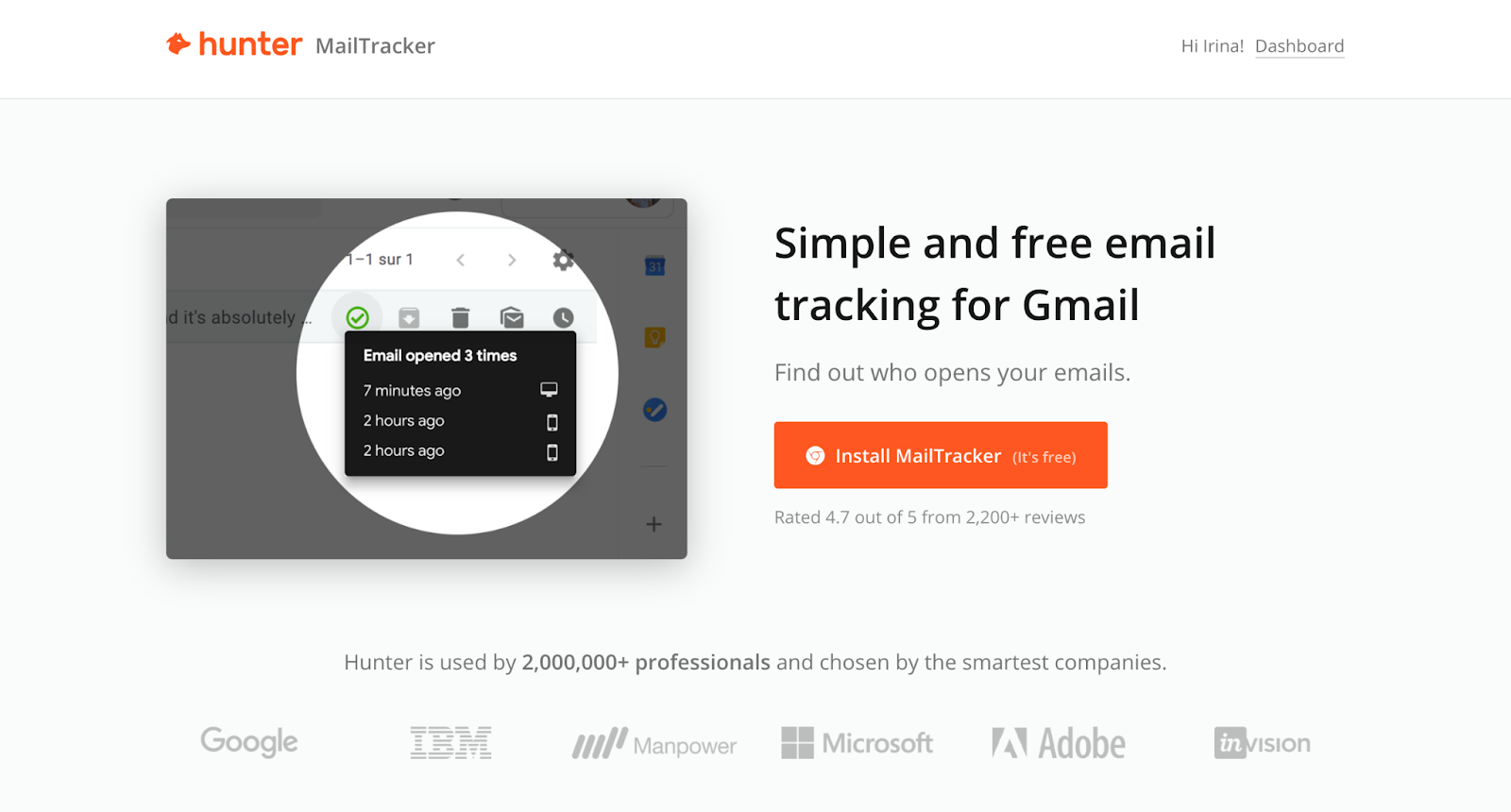
MailTracker from Hunter is a simple and free email tracking tool for Gmail. Once you install MailTracker, you don’t need to guess whether your emails are opened and read. As soon as your recipients open your emails, you can see the tracking details directly in your Gmail. MailTracker provides you with such information as when your email was opened, how many times, and from which device.
Disadvantages of Email tracking
- Some people install blockers on their emails, so you either can't track them or get inconsistent records that you can't use.
- Some email providers won't load emails until the default settings are changed. So, their tracking extensions may have a tracking pixel that picks up images and blocks youremail tracking automatically.
- You can't track emails that you send to groups as chats. You have to send each email individually, which can be bulky.
- Not all email trackers differentiate between an email preview and a fully-opened email, so that you may get the wrong information.
Using Email Tracking to Good Effect
Having an idea of the best time to send your marketing emails, you need to start your email marketing campaign straight away and monitor the results. For example, to measure the performance of the CTR, you need to find the number of customers who clicked at least one link on your email, divide the above by the number of delivered emails, and multiply your result above by 100 to get the percentage CTR.
To find open rates, simply divide the number of opened emails by the number of emails delivered (does not include bounced emails).
We suggest that you also measure some other KPIs that will help you determine how effective your email marketing campaign is. For example, calculate the bounce rate by dividing the total number of email addresses on your list by the number of delivered emails. If your bounce rate is low, it means you have a strong list with good earning potential.
All said and done, it’s about execution and measuring success. For this, we recommend that you try an intuitive and affordable email marketing software like SendX, which comes with a 14-day free trial, no credit card required.
FAQs
1) What is email tracking and how does it work?
Email tracking involves tracking emails sent to people and using the results to your benefit. Most email tracking tools can tell you who opened your emails, the time they opened them, locations, and other additional details.
2) What are the benefits of email tracking?
The main benefits of using email tracking are that it gives you remarkable insight, saves you valuable time, and most importantly allows you to track your marketing efforts.
3) Can you suggest some email tracking tools?
There are quite a few email tracking tools available out there. The most popular ones recommended by us are: Mailtrack, HubSpot email tracker, EmailAnalytics, and Orangebox.
4) What are the limitations of email tracking?
The top 3 limitations of email tracking are:
- Some users install blockers on their emails, so tracking is limited
- Some email trackers don't differentiate between email preview and fully-opened emails, so the results are not 100% accurate
- Some email providers won't load emails until the default settings are changed.


